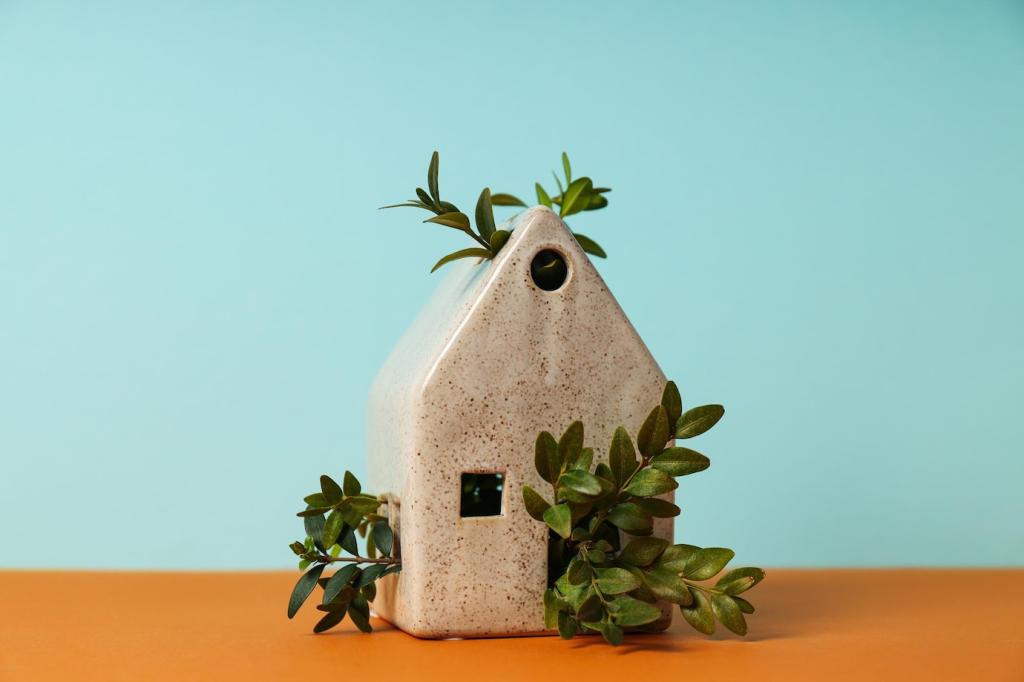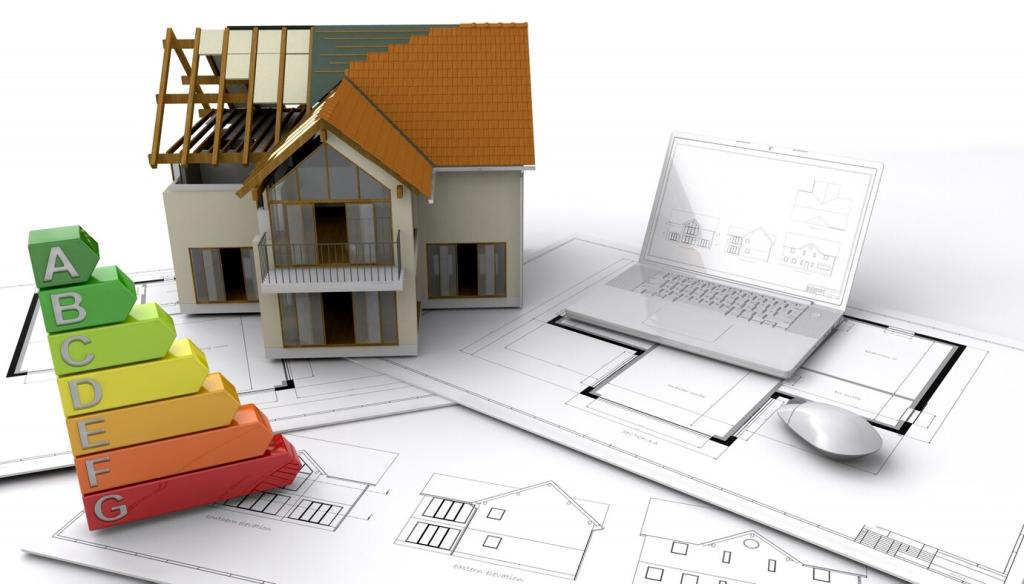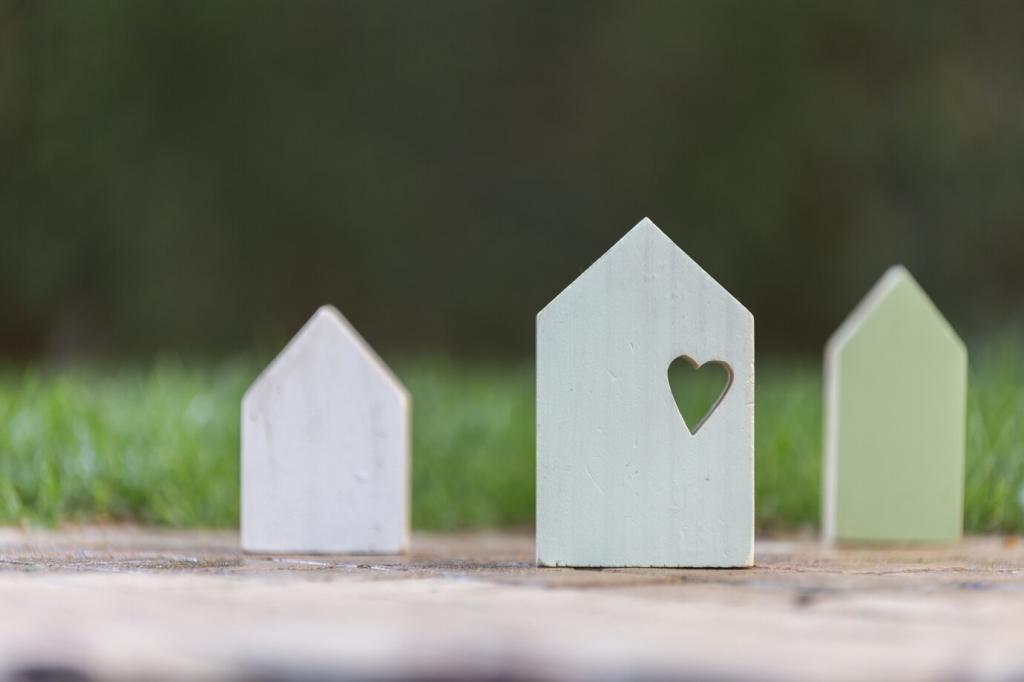Budget, Sourcing, and Certifications
Look for FSC or equivalent responsible sourcing, EPDs for transparency, and CARB Phase 2 or TSCA Title VI compliance on adhesives. E0 or similar emissions ratings indicate extremely low formaldehyde. Which certifications matter most to you: forest stewardship, indoor air quality, or product transparency?
Budget, Sourcing, and Certifications
Consider total cost of ownership: durable finishes, stable cores, and proper prep reduce call-backs and replacements. While premium strand-woven options cost more upfront, they often outlast budget surfaces. Share your square footage and priorities, and we will sketch a tailored cost scenario.









